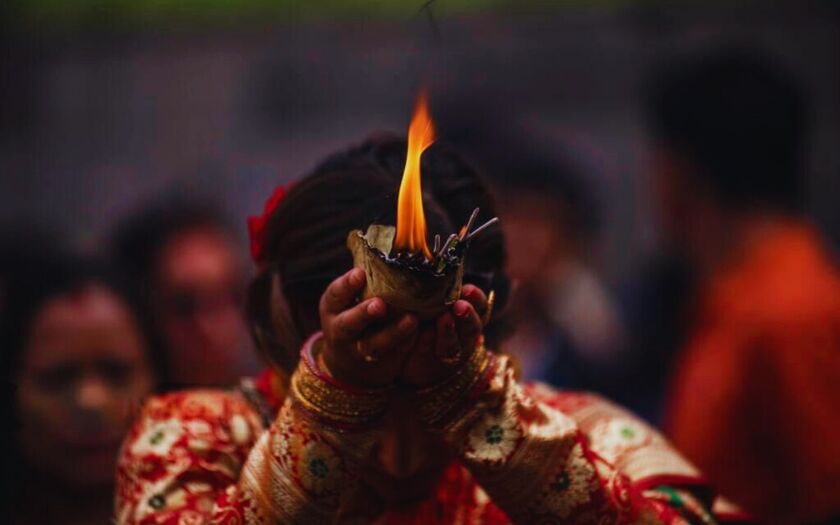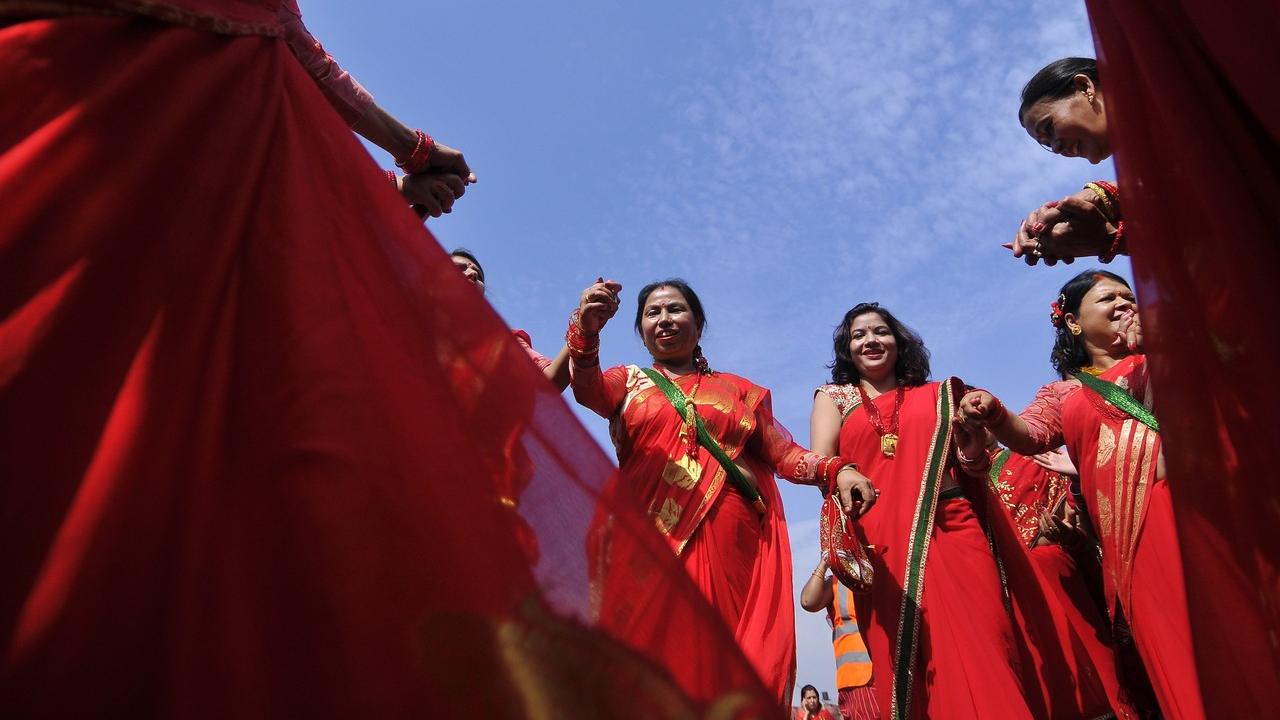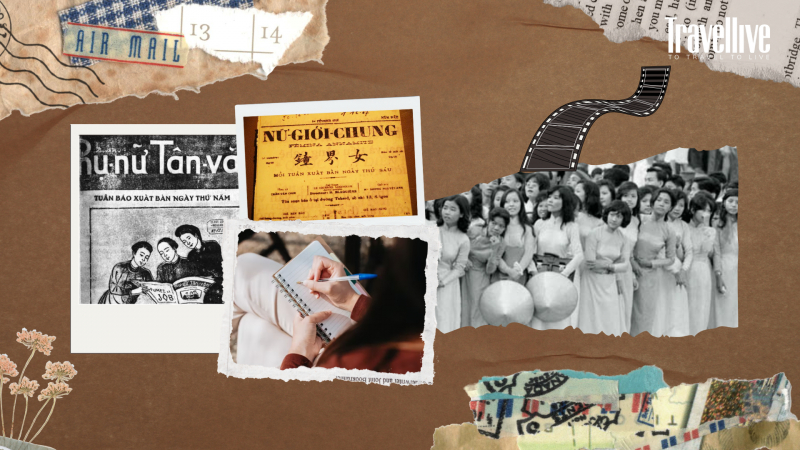Origin, customs and cultural significance of Teej Festival
The festival of Teej, which has its roots in Hindu mythology, is celebrated to honor the devotion of Goddess Parvati, who underwent severe austerities to win the love of Lord Shiva. It is believed that on this day, after years of devotion, Parvati finally married Shiva, making the festival a celebration of her perseverance and dedication. Hence, Teej is considered a day for women to seek marital happiness, husband's health and family prosperity.
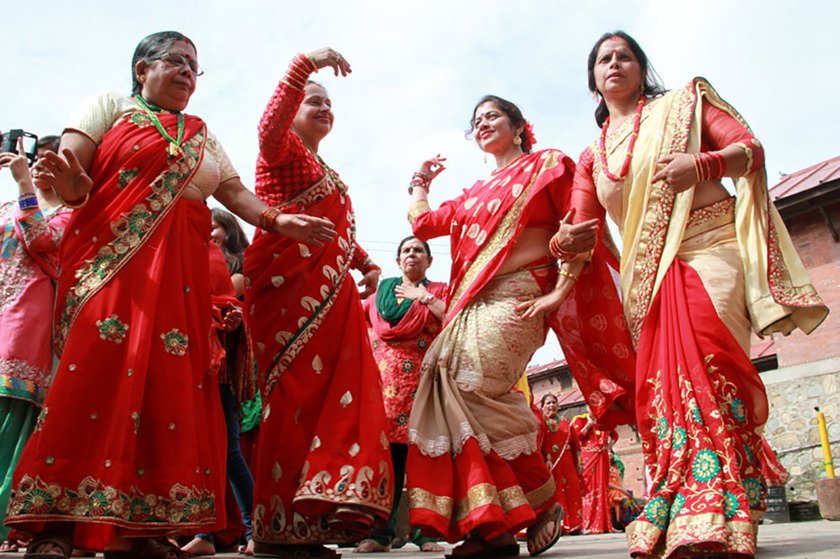
Teej is celebrated over three days, each with its own distinct rituals and significance:
- Dar Khane Din (Party Day):The first day of Teej is a day of enjoyment. This is an occasion for women to gather with friends and relatives, enjoy a sumptuous feast at their mother’s home with a variety of dishes symbolizing the abundance and joy of life. People sing, dance, share joys and sorrows, creating a warm and close-knit atmosphere.
- Nirjala Brata (Fasting Day):The second day, the most important day of the festival, is when women observe a strict fast: abstaining from food and water for 24 hours. It is believed that by undergoing this austerity, women can ensure the longevity and happiness of their husbands, and unmarried women can also participate to pray for an ideal partner. This day is dedicated to prayer and devotion. Women wear bright red saris, symbolizing good luck and marital happiness.
- Rishi Panchami:The third day is dedicated to purification and cleansing. Women perform rituals to wash away sins and seek blessings for a pure and virtuous life. They bathe in holy rivers, offer prayers and make offerings to Sapta Rishi (seven sages). This day emphasizes the spiritual aspect of Teej, reminding women of their duties and responsibilities in the family and society.
Teej is not only a religious festival but also an occasion to honor the traditional cultural values of Nepal. Streets and temples are brightly decorated, women wear their best clothes in symbolic colors such as red, green and yellow. Traditional Teej songs (Teej Geet) are passed down through generations, expressing the range of emotions of women. Circle dances to the beat of drums and traditional instruments are an indispensable part, helping women express their emotions and bond with each other.

The Role of Men in the Teej Festival
Although Teej is a women’s festival, men also play an important role in the celebration, particularly in helping the female members of the family. On Dar Khane Din, it is customary for men to prepare and serve the feast, allowing women time away from their usual household responsibilities. This is seen as a gesture of gratitude and respect for the women in their lives.
In some families, men will also help with household chores during the fasting day to ensure that their women can concentrate on the rituals without being distracted. This aspect of Teej highlights the importance of family unity and mutual respect between the genders, adding depth to the meaning of the festival.
Modern Teej and Female Empowerment
In recent years, Teej has continued to grow, with celebrations becoming more elaborate and widespread. Urbanization and social media have played a role in promoting Teej, with events, fashion shows, and public gatherings becoming part of the celebrations. Yet, the devotion and enthusiasm of women towards the festival remains unchanged, and the traditions remain intact.
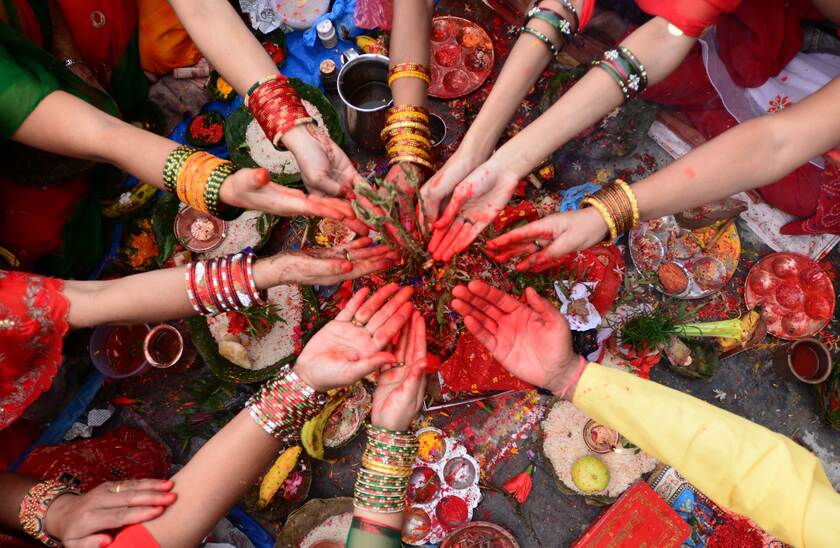
More than just a traditional religious practice, Teej is also being recognized as a way to raise awareness about women’s rights and issues. Many organizations use the occasion to highlight the importance of gender equality, health and education for women.
NGOs and women’s groups use the occasion to discuss issues such as gender equality, domestic violence and the importance of female education. This modern adaptation of Teej reflects Nepal’s shift towards a more progressive society, where traditional customs are being reinterpreted to support contemporary values of empowerment and social justice.
Teej, with its unique blend of religion, culture and community spirit, is not only a beautiful traditional feature of Nepal, but also a symbol of the inner strength and resilience of women. Whether you are a participant or an observer, Teej is a profound experience that touches the heart and connects people across borders.
